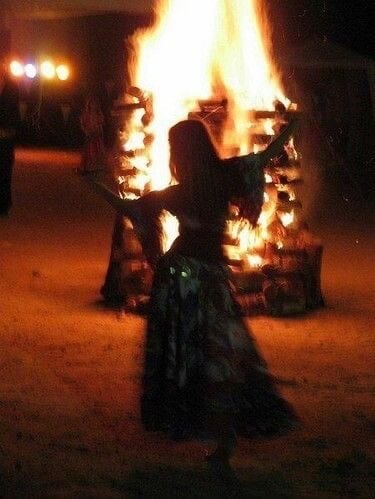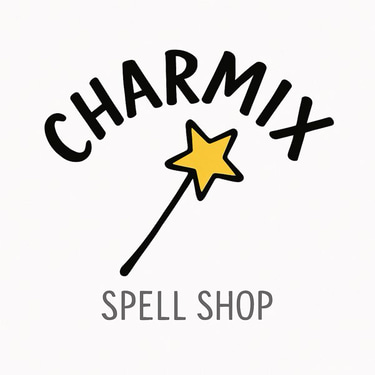Witchcraft as a Subculture of Feminism
This is a given, right? Anyways, let’s talk about it.
Lia Zhao
8/22/20252 min read


Witchcraft as a Subculture of Feminism
For centuries, the word witch has been used as an insult. It conjured up images of dangerous women, unruly outsiders, and those who dared to resist authority. But in recent decades, witches have reclaimed that word, transforming it into a banner of empowerment. Today, witchcraft is not just a spiritual practice — it is also a subculture of feminism, rooted in resistance, creativity, and autonomy.
History
Historically, accusations of witchcraft were often leveled against women who lived outside patriarchal norms: healers, widows, midwives, or anyone who seemed “too independent.” The witch trials of Europe and colonial America targeted women for their knowledge, power, and refusal to conform.
To reclaim witchcraft, then, is to reclaim the narrative — to say that what once was used to demonize women is now a source of strength. It’s no accident that second-wave feminists of the 1960s and 70s declared “witches are the original rebels” and formed groups like W.I.T.C.H. (Women’s International Terrorist Conspiracy from Hell), using witchcraft as political theater against patriarchy and capitalism.
Witchcraft as Feminist Practice
Modern witchcraft emphasizes autonomy over one’s body, spirit, and choices. It encourages self-reliance and honours traditionally “feminine” practices (herbalism, intuition, nurturing) that were historically devalued by patriarchal culture.
• Rituals become acts of self-sovereignty. To cast a circle is to claim space. To light a candle for healing is to affirm power over one’s own wellness.
• The body becomes sacred. Menstruation, sexuality, and fertility are not taboos but sources of magic.
• Community becomes solidarity. Covens and online witchcraft spaces provide support for women, queer folks, and marginalized genders.
In this way, witchcraft offers both spiritual empowerment and cultural resistance.
Witchcraft as Feminist Subculture
A subculture is defined not only by shared practices but also by shared aesthetics, values, and symbols. Witchcraft today embraces:
• Aesthetics: Black clothing, crystals, moon imagery, and tarot cards are as much identity markers as tools of practice.
• Values: Autonomy, resistance to oppressive systems, reverence for the earth, and belief in personal power.
• Community: Online spaces, festivals, and covens where people exchange knowledge, create art, and empower each other.
For many, to identify as a witch is to place oneself in direct lineage with women and marginalized people who resisted systems of control. Witchcraft becomes not just private spirituality, but public identity — a declaration of feminist belonging.
Beyond Gender
Though rooted in feminism, witchcraft today is not limited to women. It is also embraced by queer, trans, and nonbinary practitioners who find in witchcraft a framework for challenging norms and reclaiming power. Feminism in this space is expansive, intersectional, and deeply tied to social justice.
✨ To call oneself a witch is to carry forward a legacy of rebellion. Witchcraft, as a subculture of feminism, is not just about spells or rituals — it is about living unapologetically, reclaiming power, and creating communities where marginalized voices thrive.
Author’s Note
As a woman, coming upon witchcraft has allowed me to thrive within a space of empowerment and inclusion. Being a witch, a term traditionally carried by women who find inner strength through knowledge and acceptance outside of the norm, has helped me learn and understand myself the world in a greater, more magickal lens.
Magick lives here
Explore potions, spells, and tarot insights.
CONTACT
Join us!
info@charmixmagick.com
+1 236-883-4066
© 2025. All rights reserved.
